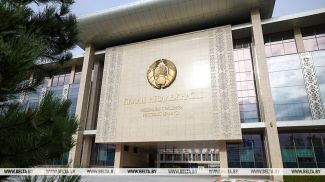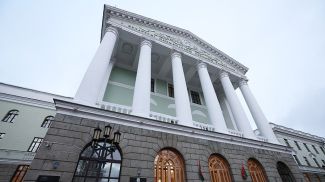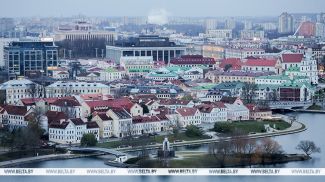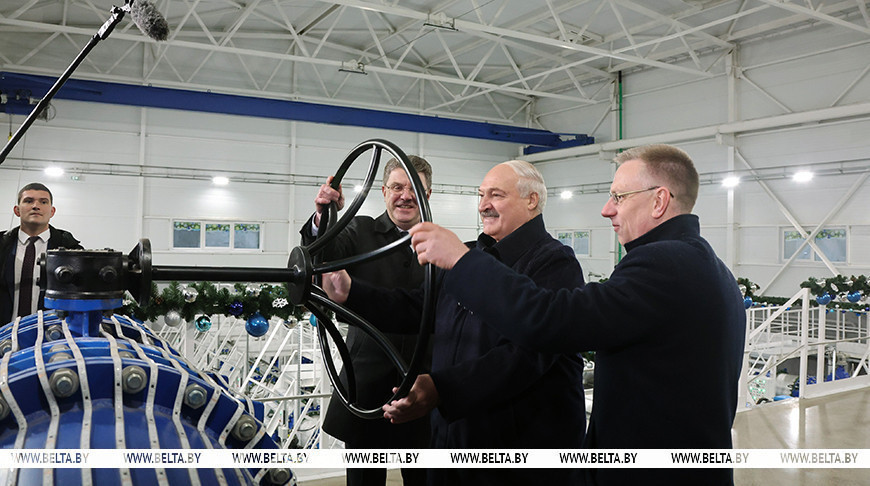
News of the story
"After the Fact: Lukashenko’s Decisions"
In early 2025, residents of the Belarusian capital received a long-awaited gift: Minsk was switched to water supply from artesian sources. The Belarusian president called it the greatest feat of the current generation. Why did this event draw so much attention? Was the quality of drinking water in Minsk unacceptable until then? Of course not. In the drinking water safety rankings, Belarus is a leader among the post-Soviet countries. But it is one thing to supply water from a surface source, albeit after multi-stage treatment, and another is to supply the entire metropolis with clean underground water, which is considered a national treasure in any state. In the new episode of BelTA’s YouTube project “After The Fact: Lukashenko’s Decisions” we will tell why connecting such cities to artesian sources is comparable to the construction of a nuclear power plant or space exploration. What path the water travels before reaching apartments of Minsk citizens. How much water Belarusians consume and how much of the country's population is provided with quality drinking water today.
What is artesian water?
First a bit of theory. How is artesian water different from ordinary water? Artesian springs lie in the subsurface at a depth of 50 to 1,000 meters between rock sheets that do not allow water to pass through them and reliably protect it from contamination.
The name comes from the Latin name of the French province of Artois that has used such springs since the 12th century.
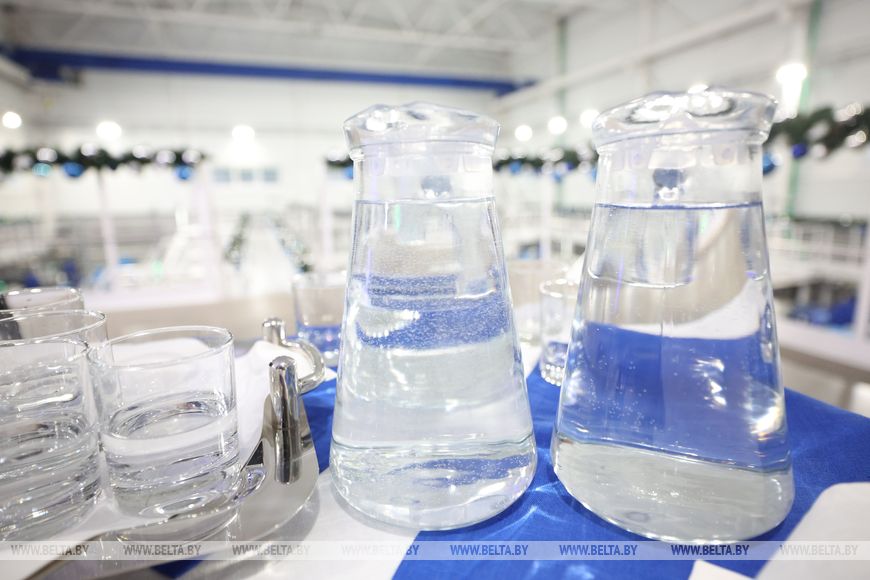
When did groundwater supply become centralized in Belarus? The history of Minsk water supply system began with the construction of the first wells about 30 meters deep and a pumping station in 1873.
“First tap water in Minsk came from wells drilled to the first water table. Such water is called groundwater, but not artesian water, because wells do not go deep enough. But in principle, Minsk had its first centralized water supply with water pumped from underground sources at the end of the 19th century,” said Kirill Antonov, Deputy Director for Construction at the Minskvodokanal water supply company.
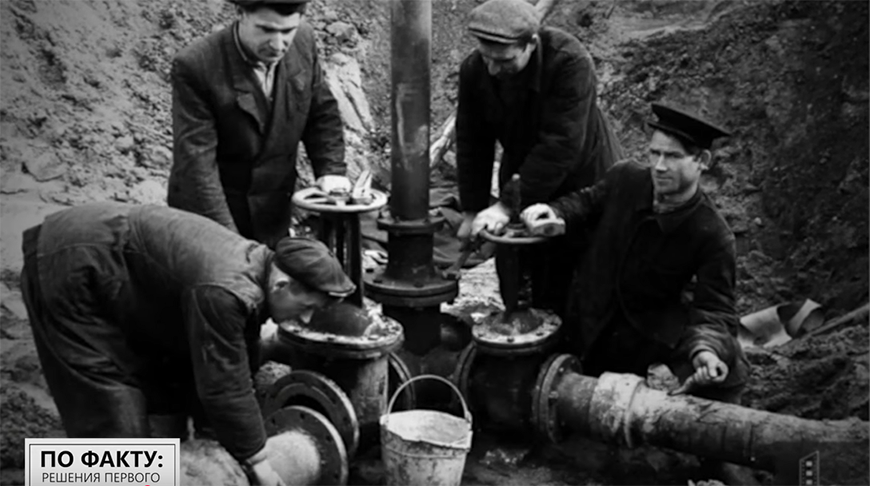
How does artesian water differ from surface water?
Until the 1960s, Minsk fully met its water needs from the river and underground sources. Water shortage was caused by the rapid industrial development. It was decided that the Vilya River would feed the Svisloch; thus, the famous Vilya-Minsk water system was built. Residents of the new, western districts of Minsk began to receive water from surface sources.
However, there was one “but”: the water needed in-depth purification. For this purpose, Minsk used the technologies of chlorination, ozonization, coagulation, flocculation, sedimentation and so on.This, of course, could not but affect the taste of water. Especially in comparison with artesian springs that do not need additional purification and chlorine treatment.
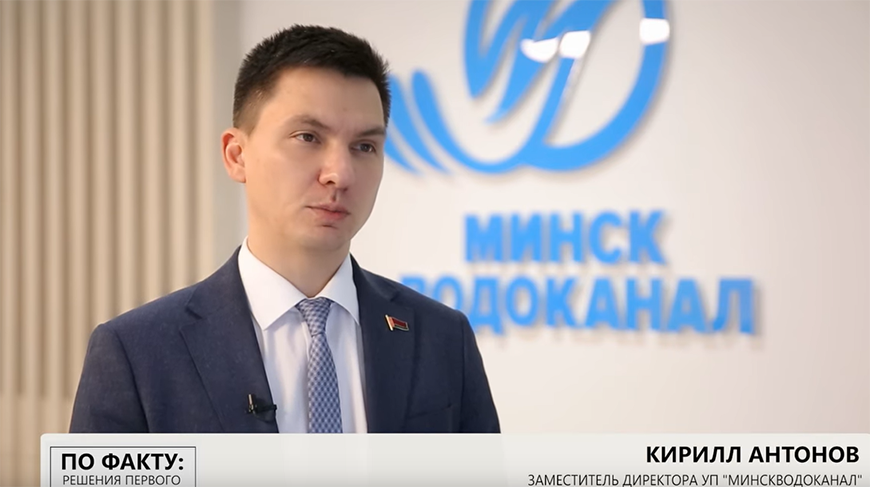
“Some residents, about one third of the Minsk population, got their water from surface sources and two-thirds got artesian underground water. These types of water differ in their properties, primarily organoleptic or what we can sense with our senses of smell and taste. Considering that surface water that passes through the water treatment system is disinfected with a chlorine-containing reagent, some consumers may have water with certain taste,” Kirill Antonov noted.
Why was Minsk switched to artesian water?
In 2018, during a meeting with activists of Minsk, Aleksandr Lukashenko set the task to completely switch the capital city to water supply from underground sources and set the deadline - before 2025.Three years later, these plans became part of the state program “Comfortable Housing and Favorable Environment”. One of the capital's largest infrastructure projects was launched soon.
"All large cities experience problems with water supply. Minsk needs half a million cubic meters of water per day. For example, Lake Naroch would run dry in 3-4 years if its water was consumed at such a speed. Today, a third of the city's water supply system relies on surface water. This is wrong. We need to find a way to phase out the use of surface water for drinking purposes and replace it with underground water by the middle of the next five-year plan (the deadline is 2025)," the president said back then.
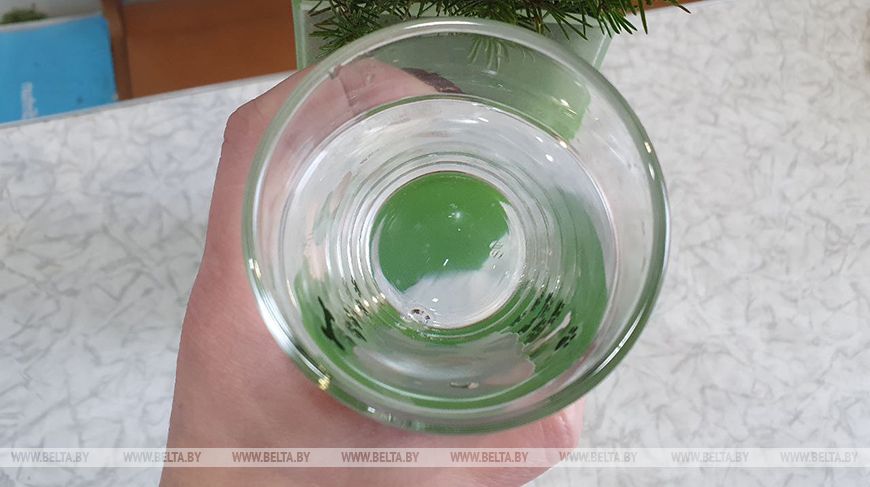
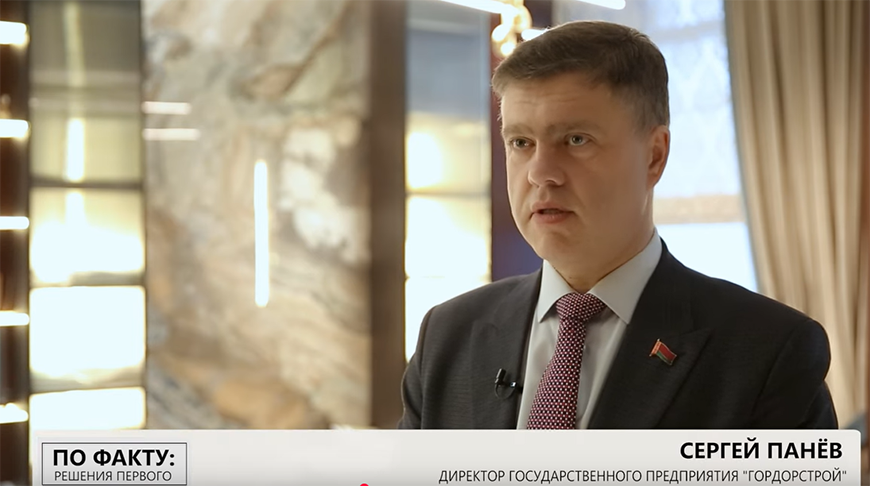
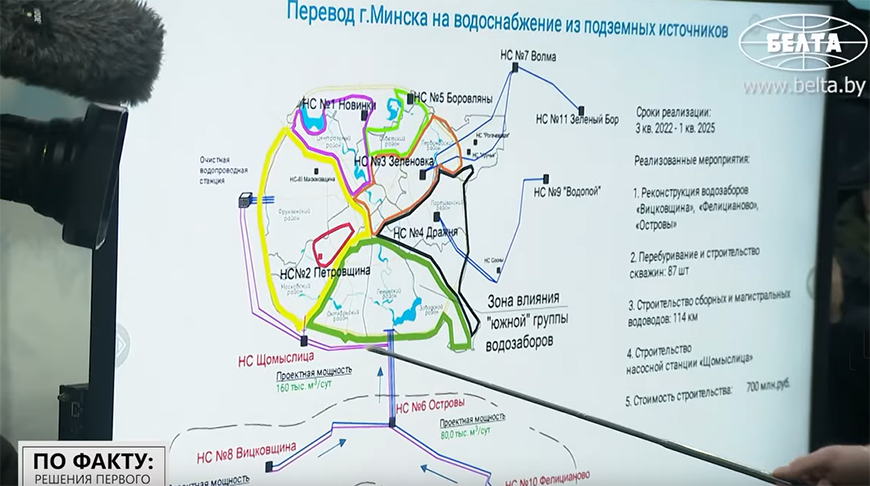
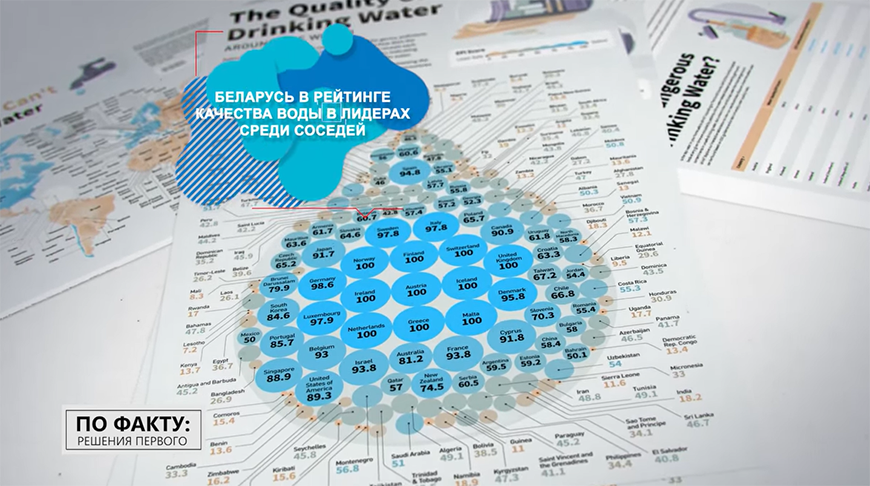
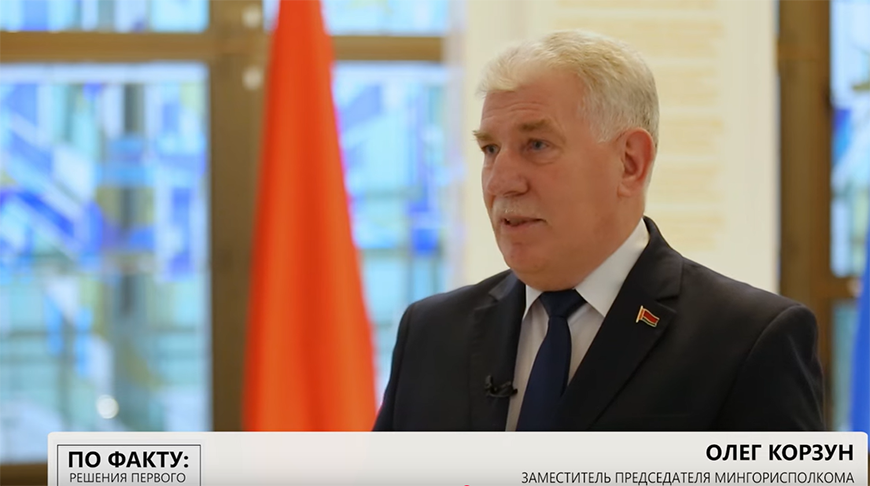

First a bit of theory. How is artesian water different from ordinary water? Artesian springs lie in the subsurface at a depth of 50 to 1,000 meters between rock sheets that do not allow water to pass through them and reliably protect it from contamination.
The name comes from the Latin name of the French province of Artois that has used such springs since the 12th century.

When did Minsk have a water supply system?
When did groundwater supply become centralized in Belarus? The history of Minsk water supply system began with the construction of the first wells about 30 meters deep and a pumping station in 1873.
“First tap water in Minsk came from wells drilled to the first water table. Such water is called groundwater, but not artesian water, because wells do not go deep enough. But in principle, Minsk had its first centralized water supply with water pumped from underground sources at the end of the 19th century,” said Kirill Antonov, Deputy Director for Construction at the Minskvodokanal water supply company.

How does artesian water differ from surface water?
Until the 1960s, Minsk fully met its water needs from the river and underground sources. Water shortage was caused by the rapid industrial development. It was decided that the Vilya River would feed the Svisloch; thus, the famous Vilya-Minsk water system was built. Residents of the new, western districts of Minsk began to receive water from surface sources.
However, there was one “but”: the water needed in-depth purification. For this purpose, Minsk used the technologies of chlorination, ozonization, coagulation, flocculation, sedimentation and so on.This, of course, could not but affect the taste of water. Especially in comparison with artesian springs that do not need additional purification and chlorine treatment.

“Some residents, about one third of the Minsk population, got their water from surface sources and two-thirds got artesian underground water. These types of water differ in their properties, primarily organoleptic or what we can sense with our senses of smell and taste. Considering that surface water that passes through the water treatment system is disinfected with a chlorine-containing reagent, some consumers may have water with certain taste,” Kirill Antonov noted.
Why was Minsk switched to artesian water?
In 2018, during a meeting with activists of Minsk, Aleksandr Lukashenko set the task to completely switch the capital city to water supply from underground sources and set the deadline - before 2025.Three years later, these plans became part of the state program “Comfortable Housing and Favorable Environment”. One of the capital's largest infrastructure projects was launched soon.
"All large cities experience problems with water supply. Minsk needs half a million cubic meters of water per day. For example, Lake Naroch would run dry in 3-4 years if its water was consumed at such a speed. Today, a third of the city's water supply system relies on surface water. This is wrong. We need to find a way to phase out the use of surface water for drinking purposes and replace it with underground water by the middle of the next five-year plan (the deadline is 2025)," the president said back then.
Why is this project so unique and challenging?
Just imagine: Minsk consumes almost half a million cubic meters of water daily. About 120,000 cubic meters of surface water still needed to be replaced by underground sources. For this, almost 90 wells were drilled and a couple dozen more were completely upgraded. More than 100 kilometers of pipelines were laid, they extend as further as 35-40 kilometers outside Minsk. And this is only part of the work done.

"The initial plan provided for the reconstruction and recommissioning of one water intake, with the replacement of all technological equipment. After that, the next water intake is taken out of service, revamped, and re-started with new equipment installed. This work proceeded in stages and implied very long deadlines. This work had to be done simultaneously on all water intakes. It's like performing a heart surgery without stopping the heart," said Sergei Panev, Director of the Gordorstroy state enterprise.

"Our country has never ventured into such a large project in the field of water supply before, and probably, will never have to. A population equivalent to that of an oblast center of Belarus got access to artesian water at a time. We expanded three water intakes. Wells were drilled and re-drilled, pumping equipment was replaced, pipelines of various diameters were laid. The scale of work was mind-blowing," said Kirill Antonov, Deputy Director for Construction at the Minskvodokanal water supply company.
This ambitious project is truly unique for its engineering and technological solutions. It cost the budget Br700 million. Now every resident of the Belarusian capital city has access to high-quality tap water.
"These 112 drilled and upgraded wells are 80 to 315 meters deep. This speaks volumes, doesn't it? And imagine how deep the pipes, which are one meter in diameter, need to be laid so that water can flow through them smoothly, without disruptions and emergencies," said Oleg Korzun, Minsk Vice Mayor:

What made Minsk a unique capital city?
At an artesian water supply launch ceremony in January 2025, the president emphasized that water is Belarus' most valuable natural resource. “To provide a big city of almost two million with artesian water is the greatest feat of our generation. I do not know countries that would have approached the matter with so much care for people. We could easily make do with what we had. We had good water, but now we have excellent water. Now Minsk lives like any village that uses water from wells. This is a very serious project, and I think Minskers will appreciate it. This is a great achievement.”
How is water quality monitored in Belarus?
But don't think that water quality is monitored only in Minsk. In 2019, Aleksandr Lukashenko signed a directive to improve housing and utility services in Belarus. Thus, the government faces an ambitious task - to provide high-quality drinking water to all people in Belarus. In 2016, this figure was almost 86%, in 2020 - 93%, and by the end of 2024 it reached 99%.
Clean water is worth a lot. How does Belarus preserve the valuable resource?
What is being done for this? Over the past few years, 753 deferrization stations were built in large populated areas on the instructions of the head of state. Moreover, the pace of work is increasing: 198 stations were commissioned in 2024, and more than 300 are slated for commissioning this year. This water is not exposed to chlorination: ultraviolet lamps disinfect the water directly at the outlet.

"There are also medium-term goals that are to be achieved by 2025. Among them is providing 100% of Belarusians with drinking water. Clean drinking water! In this five-year period, Minsk will completely switch to underground sources for drinking water, which is a very ambitious task. 800 deferrization stations and 300 water intake wells will be built throughout the country. Thus, we will phase out the use of surface water. This is going to be a huge contributor to better health for us," the president said as he delivered a report at the Belarusian People's Congress in 2021.
What is the situation with water worldwide?
Just think about it: more than four billion people in the world do not have access to clean and safe water. At the same time, Belarus is among the top 20 countries in the world in terms of access to clean drinking water. Few can compete with us in terms of water quality. Many countries struggle to provide their citizens with safe water. In many places of the world tap water is so bad that you cannot even use it to brush your teeth, to say nothing of drinking.
“Someone has coal, someone has oil, but our country is rich in artesian water. We are probably the only capital city in the post-Soviet space, that is 100% supplied with artesian water. Visitors from twin cities (that use surface water) are always pleasantly surprised by this fact. We are proud that we can provide our people with artesian water,” Minsk Vice Mayor Oleg Korzun said.

One more important observation. We have already mentioned that the name “artesian water” comes from the name of the French province. Today France says that it is reducing the use of underground sources and is going into a conservation mode. Here is more news from the Fifth Republic: “Recommendations to close Perrier because of fecal bacteria”, “Volvic suspected of drying up springs”, “Farmers vs. environmentalists: a battle for groundwater”, “No permission to measure the quality of water in the Seine before the Olympics”.
The situation in Italy is paradoxical, too. In Rome there are many ancient drinking fountains, but it is not recommended to drink the tap water at home or in the hotel, as it is still abundantly chlorinated. At the same time Rome aspires to become the political center of the European Union. Probably, the problem is that their self-serving politicians put personal ambitions over the public good.
What Minsk will do with its treatment facilities
Now Minsk and other cities in Belarus will need to focus on another equally important task - the reconstruction of sewage treatment facilities. A resident of the capital city consumes on average about 120 liters of water per day, and everything that goes into the sewer system and then into wastewater needs to be properly treated.
Minsk sewage treatment plant was built in the 1960s, and, of course, it is high time it were modernized. The project is as big as the one to switch to artesian water. Therefore, the head of state demands further extending this experience to regional centers and other cities of Belarus.
“In Soviet times, especially in the late 1980s, the plant received about 1 million cubic meters of wastewater per day. Today we process about 400,000-450,000 cubic meters per day. This is primarily due to the falling water consumption. Earlier per capita daily use of water was more than 300 liters, while today it stands at 120-140 liters per day on average. However, along with the fall in the volume of wastewater, the concentration of pollutants in this wastewater increases proportionally. Treatment facilities were designed for a larger volume of wastewater, but for a lower pollutant concentration. Today, there is less water, but more pollutants. Moreover, today’s requirements to wastewater treatment are many times higher on some indicators than those for which this plant was designed,” Kirill Antonov, Deputy Director for Construction at the Minskvodokanal water supply company, said.
According to Oleg Korzun, comprehensive reconstruction of wastewater treatment facilities and the construction of a sewage sludge treatment plant make it possible to solve a number of important issues. “The shortage of space for sewage sludge disposal will be solved through the construction of a sludge treatment facility, including through incineration,” he said.
Why Lukashenko calls to conserve water
Aleksandr Lukashenko has repeatedly highlighted the exceptional importance of good water and clean air. These are the main components of our health.
We are accustomed to consider water a cheap and easily accessible resource: there is plenty of it in Belarus. Specialists, however, know very well how costly and labor-intensive the water supply process is. It costs a lot of money to drill a well, pump water and purify it. Therefore, it is for a reason that the president calls to conserve water, as well as other resources. Moreover, the Belarusian people have always been mindful of natural resources. It is just necessary to preserve these approaches.






